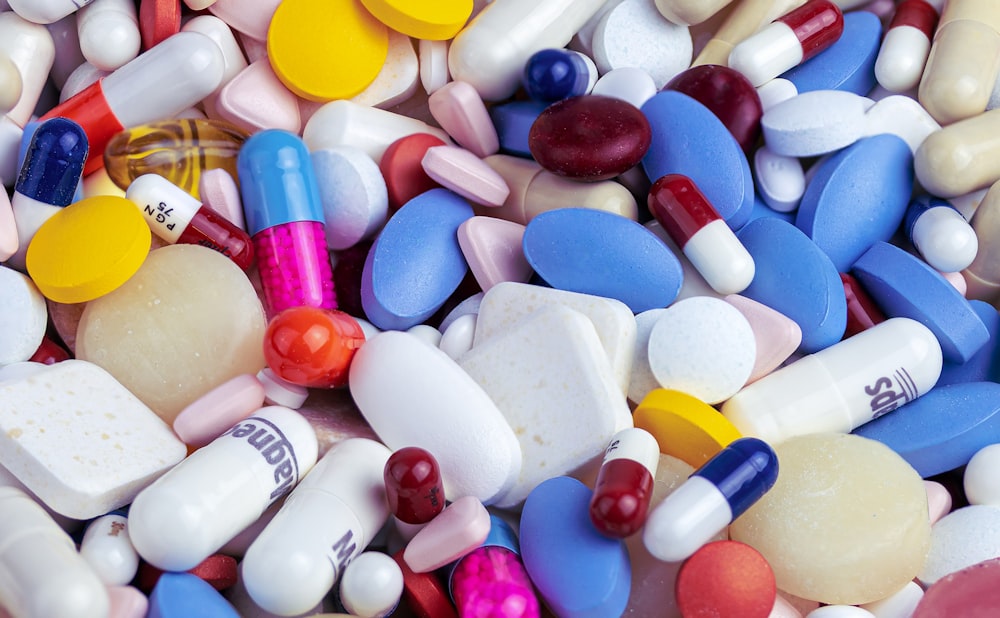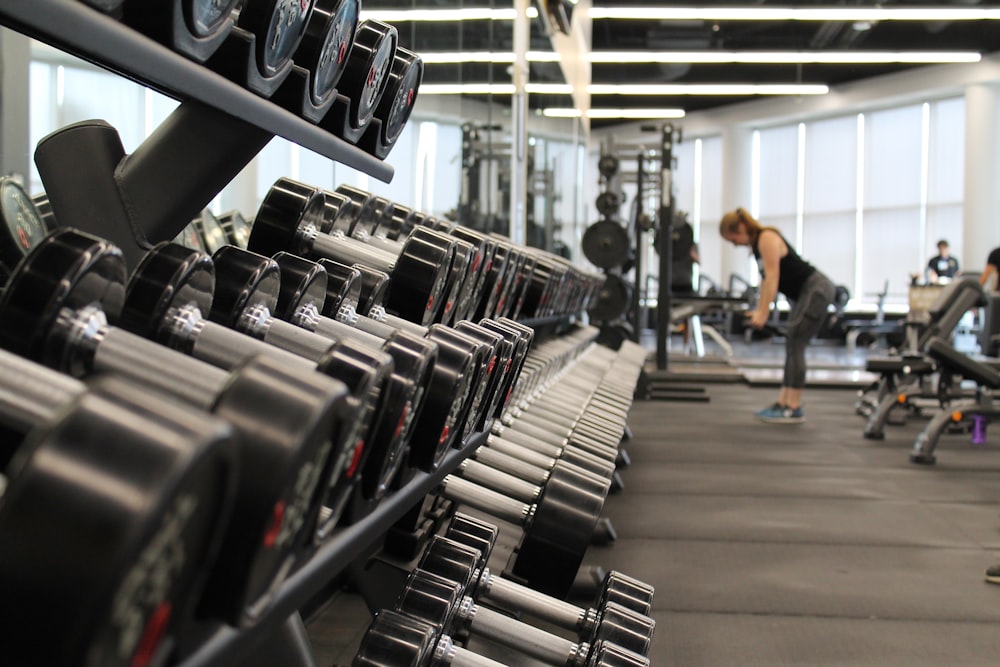
Introduction:
In today’s fast-paced world, staying hydrated is essential for overall health and well-being. Yet, many of us struggle to drink enough water throughout the day. Fortunately, wearable hydration sensors have emerged as innovative solutions to help individuals track and improve their hydration levels. These devices serve as personal hydration guardians, offering real-time insights and reminders to ensure optimal hydration.
Understanding the Importance of Hydration:
Before delving into the realm of wearable hydration sensors, it’s crucial to grasp why hydration matters. Water plays a vital role in regulating body temperature, aiding digestion, lubricating joints, and transporting nutrients throughout the body. Dehydration, on the other hand, can lead to a range of health issues, including fatigue, headaches, dizziness, and even cognitive impairment. By maintaining proper hydration levels, individuals can enhance their overall health and performance.
How Wearable Hydration Sensors Work:
Wearable hydration sensors utilize cutting-edge technology to monitor hydration levels in real-time. These devices typically come in the form of wristbands, patches, or smart bottles equipped with sensors that measure factors such as sweat conductivity, skin temperature, and heart rate variability. By analyzing these data points, the sensors can provide insights into the body’s hydration status and recommend appropriate fluid intake.
Benefits of Wearable Hydration Sensors:
One of the primary advantages of wearable hydration sensors is their convenience and accessibility. Unlike traditional methods of tracking hydration, such as manual logging or guesswork, these devices offer continuous monitoring throughout the day. Users receive timely reminders to drink water based on their individual hydration needs, helping them stay on track with their hydration goals.
Promoting Hydration Awareness:
Beyond merely tracking hydration levels, wearable sensors also promote hydration awareness among users. By providing real-time feedback on hydration status, these devices increase mindfulness about fluid intake habits. Users become more attuned to their body’s signals and learn to recognize the signs of dehydration, allowing them to take proactive steps to maintain optimal hydration levels.
Personalized Hydration Recommendations:
One of the key features of wearable hydration sensors is their ability to deliver personalized recommendations based on individual factors such as age, weight, activity level, and environmental conditions. By taking these factors into account, the sensors can calculate the ideal fluid intake for each user and adjust recommendations accordingly throughout the day. This personalized approach ensures that users receive tailored guidance to meet their unique hydration needs.
Integration with Mobile Apps:
Many wearable hydration sensors are compatible with mobile apps that offer additional features and insights. These apps allow users to track their hydration progress over time, set hydration goals, and receive detailed analytics about their fluid intake patterns. Some apps even incorporate gamification elements, rewarding users for staying hydrated and fostering a sense of motivation and accountability.
The Role of Wearable Hydration Sensors in Fitness and Sports:
For athletes and fitness enthusiasts, proper hydration is critical for optimizing performance and recovery. Wearable hydration sensors have found particular utility in the realm of sports and fitness, where staying hydrated can make a significant difference in endurance, strength, and overall athletic prowess. By monitoring hydration levels in real-time, athletes can adjust their fluid intake during training and competition to maintain peak performance.
Challenges and Future Directions:
While wearable hydration sensors hold immense promise, they are not without challenges. Issues such as accuracy, comfort, and battery life remain areas of ongoing research and development. Additionally, widespread adoption of these devices may be hindered by factors such as cost and user acceptance. However, as technology continues to advance, we can expect to see further improvements in wearable hydration sensors, making them indispensable tools for health and wellness in the future. Read more about Wearable hydration monitors







